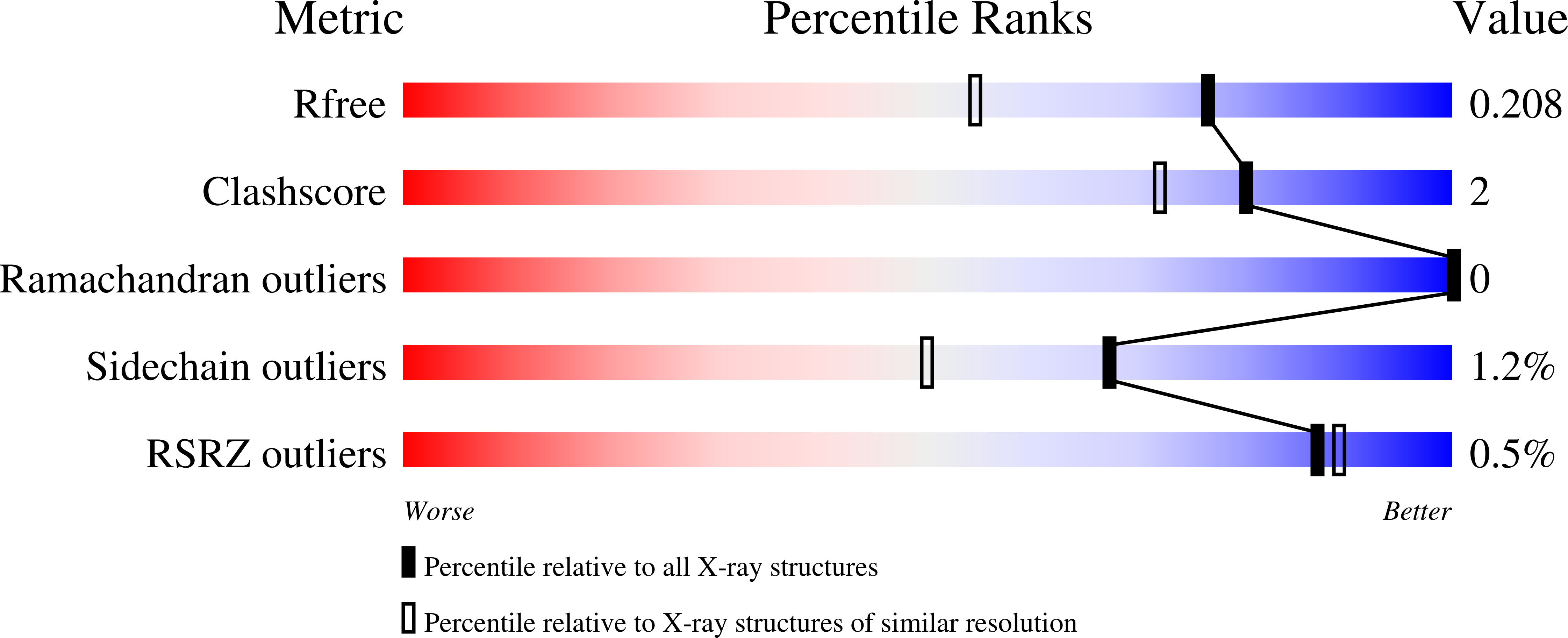
Deposition Date
2025-02-11
Release Date
2025-10-29
Last Version Date
2025-10-29
Entry Detail
PDB ID:
9IB8
Keywords:
Title:
Tumor necrosis factor-like lectin PLTL from Photorhabdus laumondii in complex with Lewis Y tetrasaccharide
Biological Source:
Source Organism:
Photorhabdus laumondii subsp. laumondii TTO1 (Taxon ID: 243265)
Host Organism:
Method Details:
Experimental Method:
Resolution:
1.60 Å
R-Value Free:
0.20
R-Value Work:
0.17
Space Group:
P 41 21 2


